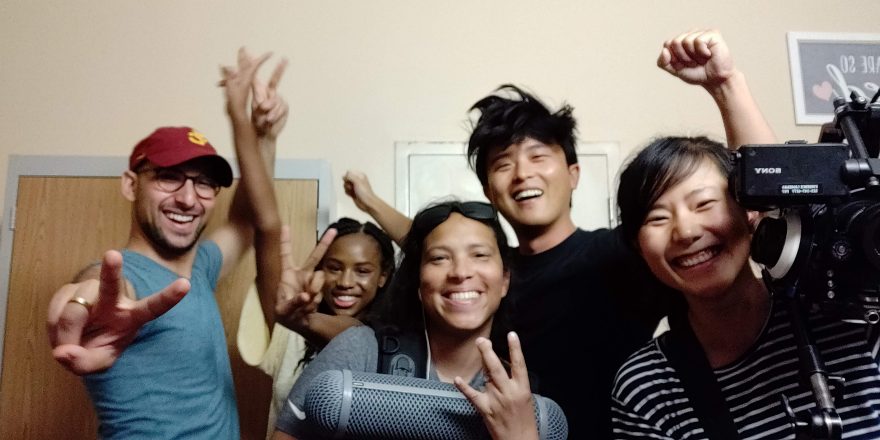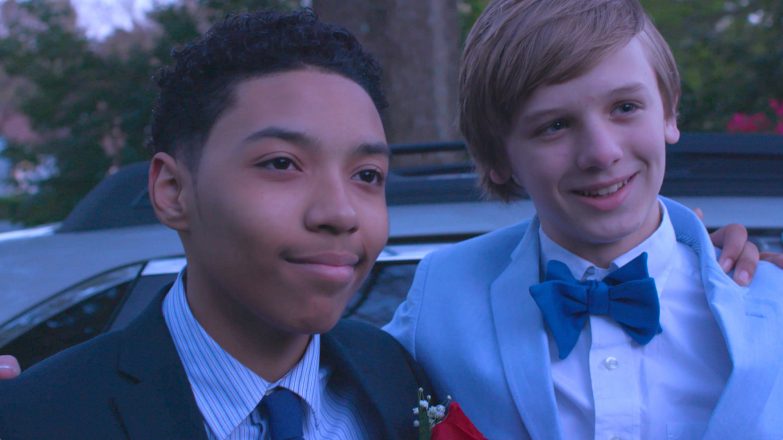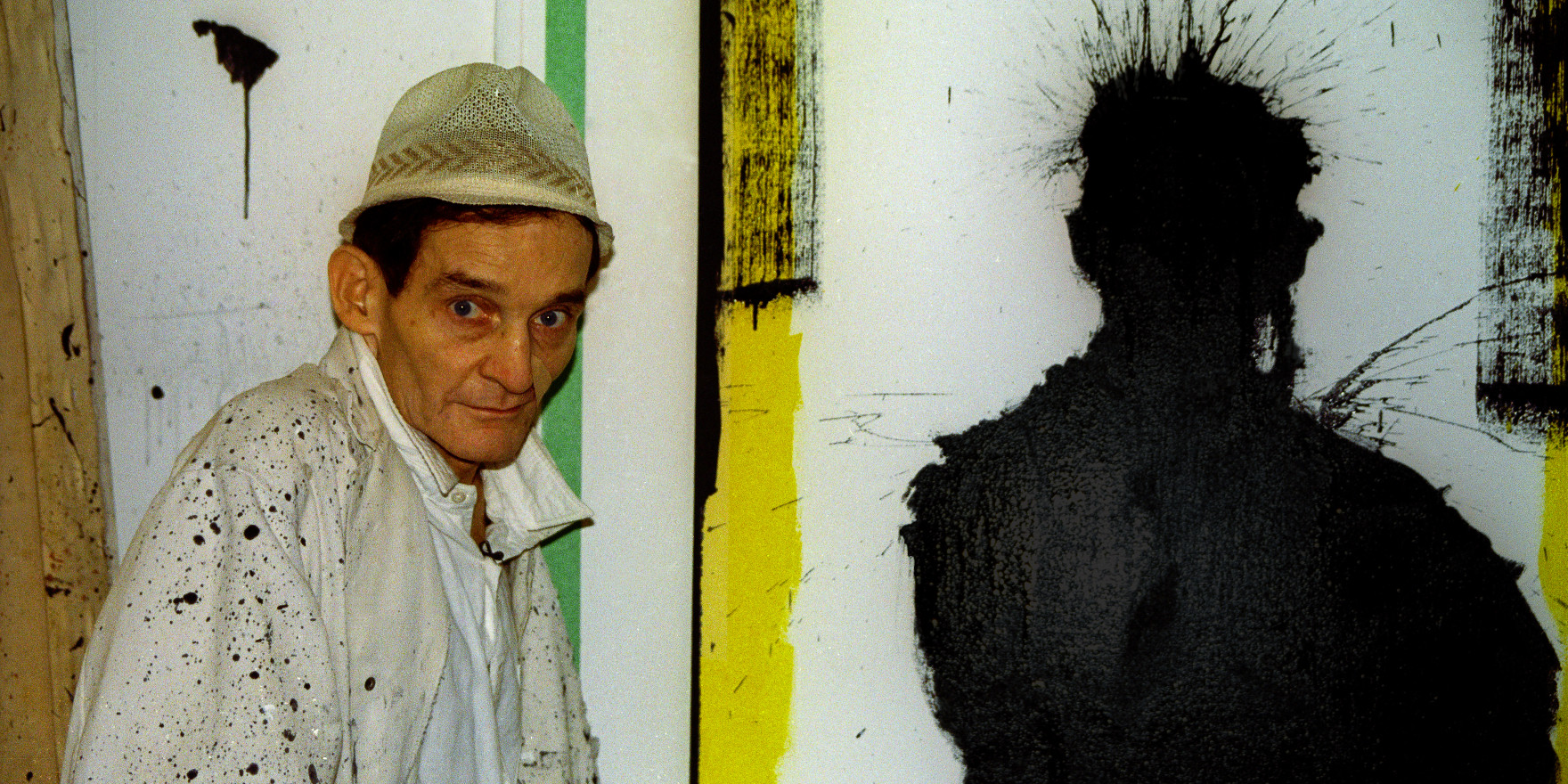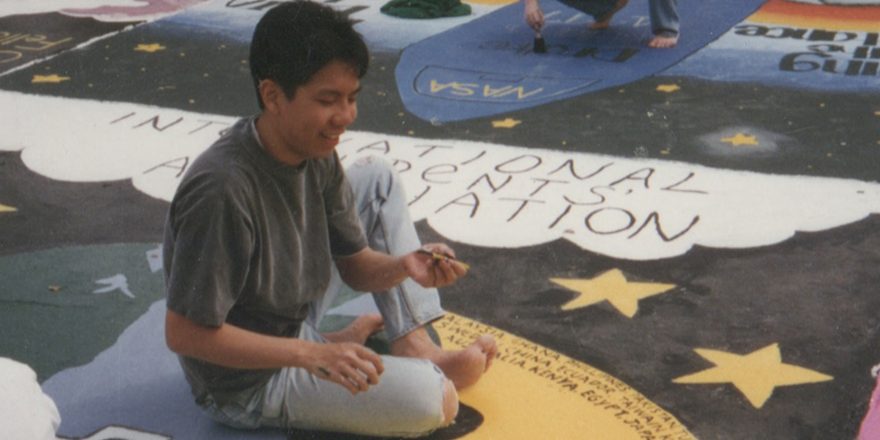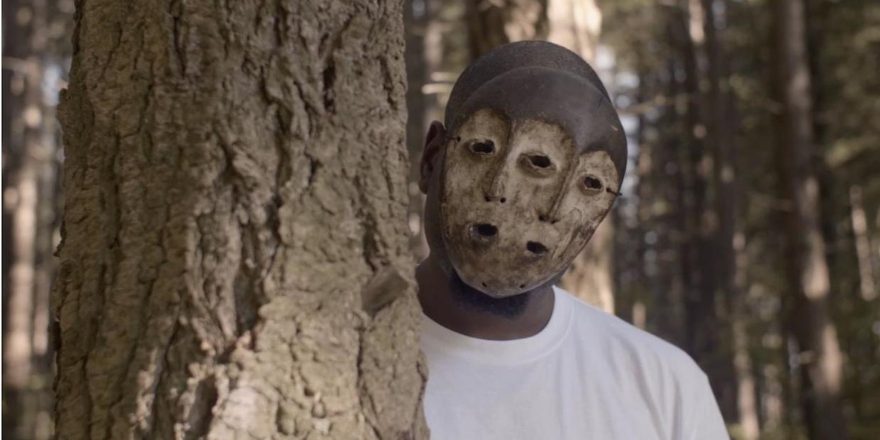Representation vs. Storytelling
Growing up, I fell in love with movies hard.
And it wasn’t because I felt represented on screen.
On the contrary: if you went to a theater or switched on a TV in early 2000s America, like I did, the only yellow guys you’d see – outside of indie gems like Better Luck Tomorrow – would be rare sightings of forgettable sidekicks, extras and subjects of ridicule. In terms of media representation, this era was a potential minefield of cringe for women, LGBTQ folks and minorities of all backgrounds. But I still fell in love with the art form, and I swear it wasn’t all Stockholm syndrome.
It’s because movies are a visceral, immersive storytelling medium. The great films sweep you away to unfamiliar places, or make you laugh in a way that disengages your defenses, or allow you to look at your ordinary surroundings in a new way. They introduce you to unforgettable people and experiences that you carry with you for weeks, months, or even the rest of your life. They can literally change the way you see the world.
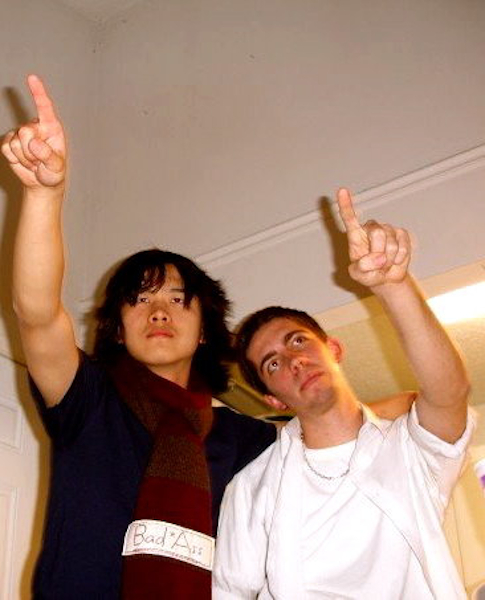
It was this love of film and storytelling that inspired me to pick up the camera and make movies with friends in high school. Those damn movies – problematic, incomplete, beautiful, transcendent – inspired me to apply to film school, brought me to Los Angeles and led me to eventually directing my first documentary feature film, Accepted.
And that’s where I had to confront my feelings about media representation again …
… because now, I was the media.
The Politics of Making Accepted
I had spent several years in the film industry and worked on a handful of documentaries before I directed Accepted. In those years, I met and filmed with heroin addicts, die-hard white Trump supporters, radical Black activists, small-town Republican politicians, lifelong feminist organizers, undocumented immigrants, Asian domestic-violence survivors, Nepalese orphans and young American veterans. I understand that listing these identities potentially undercuts the nuances and everyday humanity of these people. But I reference these connections because they gave me faith in film’s ability to transcend identity and explore universal truths. I felt privileged to see the world from many points of view, and I felt meaning in depicting each participant’s perspective and worldview.
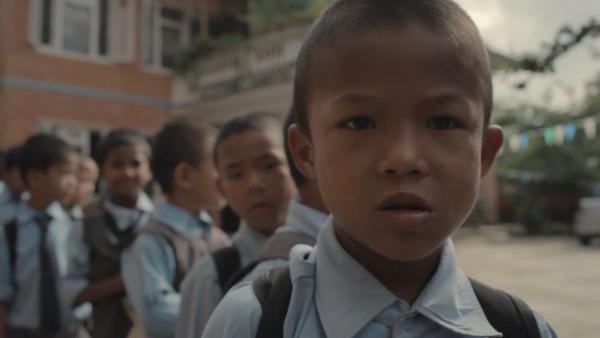
It’s with this background that I chose to direct a documentary about a predominately Black school in rural Louisiana called T.M. Landry College Preparatory. The school had become famous for sending its graduates to elite universities like Harvard, Yale and Stanford, recording students’ acceptances in a series of viral videos that garnered millions of views. I traveled to Louisiana with a curious and open mind, hoping to learn what it was like to be a student at this school.
I’m Chinese American. I don’t share the experience of being Black in America. What I have is a parallel experience of being a visible minority, a disdain for limiting stereotypes and a genuine desire to question inequities in society. And from a deeper level, I’d always felt as a teenager that the media never centered the stories of real young people – and thought that after all the media hoopla surrounding T.M. Landry, what I wanted to make was a film that focused on the students themselves and their everyday lives, thoughts and friendships.
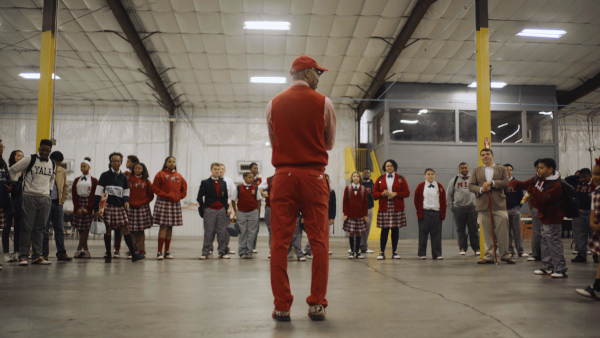
With all that in mind, I visited the school with the film’s producers in 2018. The idea was to be there for one week, to see if the school felt we could contribute to their story, and if we felt there was a story we could tell. Over the course of that week, we were pulled into the journey of a school attempting to rewrite the societal expectations and possibilities for Black students, and the individual journeys of the seniors we met. All of the students had arrived at T.M. Landry under different circumstances and for different reasons, but all had joined because the school had given them a direction toward their future dreams and goals. I wanted to help the students tell their unique stories, in their own voices. My hope was to capture their school year, as if the camera were a member of the senior class itself.
The school year did not go as planned for anyone. If you’ve read about T.M. Landry in the news, you know that the story becomes much darker and much more complicated. And despite our efforts to remain neutral and helpful, our presence as filmmakers created real dilemmas for the students themselves – they were rightly aware of what media representation can do. It can shed light and raise awareness, but it can also perpetuate lies and bolster stereotypes. And because T.M. Landry had curated a positive image for itself, while keeping another side of itself hidden, the students felt immense pressure to maintain a bright facade even if their personal experiences did not fit neatly with any existing, pre-approved narratives. This ambivalence and conflict around representation eventually unlocked a key theme of the film: the attempt to transcend agendas, and to define your own story.
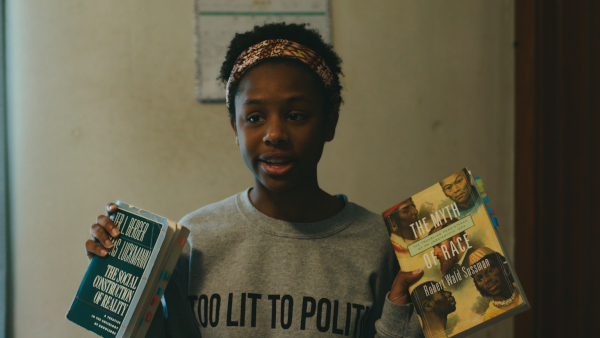
So we charged into the messiness of it all. The students at the center of our film – Alicia, Cathy, Isaac, Aighty and James – tell the story of the school year as they experienced it. They have differing opinions on issues and they are honest about their feelings. They bravely share their personal journeys, even if the overall story doesn’t fit neatly into something as simple as “positive representation.” My hope is that collectively we were able to make something more timeless than that: a story about growing up, seeing the flaws of the world with open eyes and deciding for yourself the person you want to be.
Living Your Own Story
In making Accepted, I was confronted with the possibilities and limitations of this medium. We were able to make this film because of pre-existing attitudes about minorities, and the desire of some people to see those attitudes changed. And in doing so, I believe we have complicated any viewer’s perspective on race, education and access in America. But I understand that we have also made something that will not make everyone happy, as it does not provide easy answers, nor does it support any one idea or agenda, nor was it made by someone from the community it centers. As the film is released on July 1 in theaters and on digital platforms, I embrace any and all dialogue around the film, and hope it helps move the conversation – any conversation – forward in some appreciable way.
But personally, speaking as a kid who grew up watching Asians get dumped on time after time on screen, I’m sensitive to how viewers may feel about representation in this movie. I hope we made a film that will exist beyond the cultural forces and norms of today, a film that introduces you to characters that will stay with you. A film that challenges the way you see the world, but avoids defining things for you, because the only way to find truth and acceptance is to seek it out in the real world, with the real people in your life.
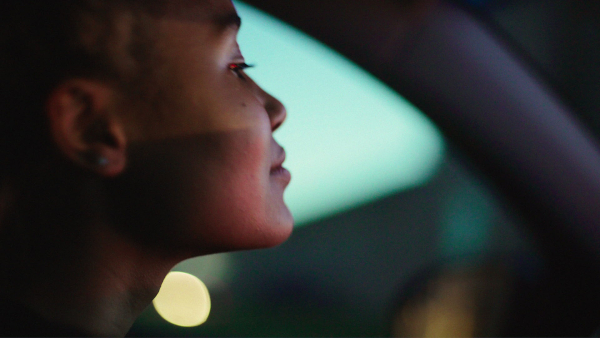
In the very last scene of Accepted, I filmed Aighty, Isaac and one of their classmates, Sarah, in a car, driving into the sunset and toward their future. I was in the backseat. The music was blaring and the moment was beautiful, but I couldn’t get a good angle. I handed the camera off to Sarah, and the last shots of the film belong to her as she films Aighty singing in the driver’s seat. It’s a small gesture, but it’s what I wanted the film to be from the beginning: young folks, in the moment, living their own stories.
Featured image by Daphne Wu shows producer Jesse Einstein, subject Alicia Simon, sound recordist Kari Barber, director Dan Chen and cinematographer Daphne Wu during the making of Accepted. All images courtesy Dan Chen.


